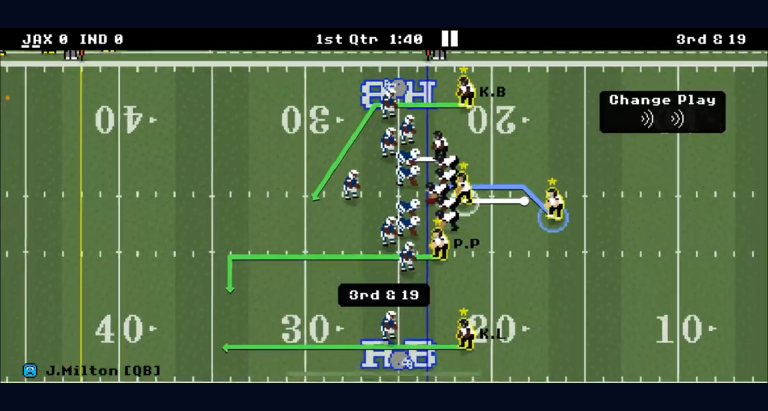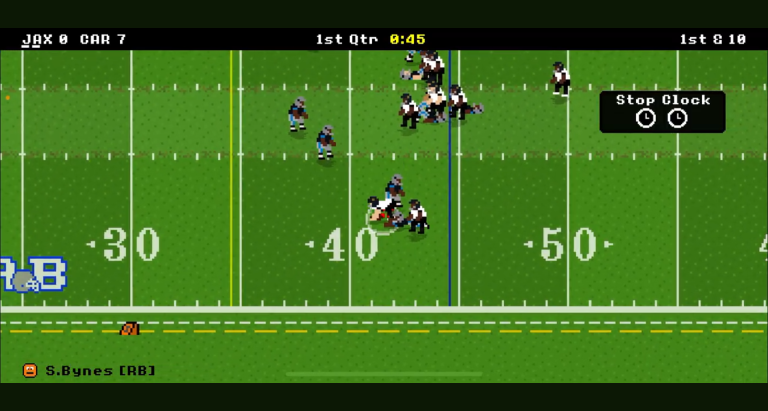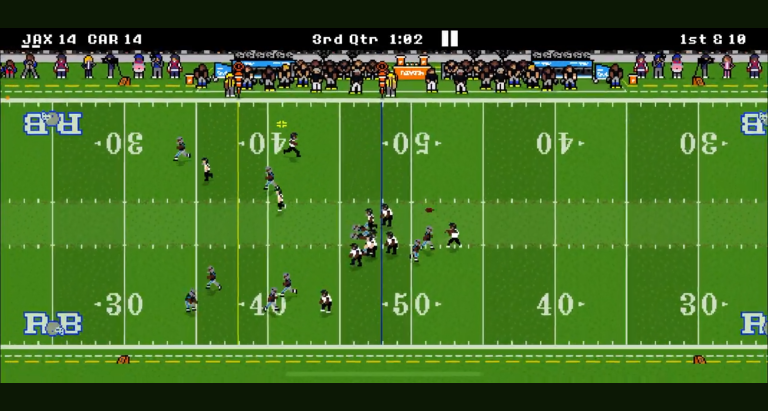In the world of mobile gaming, Retro Bowl stands out as a compelling mix of strategy and sports. As players take on the role of a football coach, they are responsible for managing their team, winning games, and, crucially, maintaining player health. How to heal injured players in Retro Bowl is a key aspect of gameplay that can determine the difference between a season of victory or defeat. Injuries can significantly impact player performance, team dynamics, and overall success, making effective injury management an essential skill for any aspiring coach.
As you navigate the challenges of Retro Bowl, understanding the various factors that contribute to player injuries is vital. This article aims to delve into the intricacies of player health management in Retro Bowl, focusing on strategies for healing injured players and maintaining a robust, injury-free roster.
Understanding Injuries in Retro Bowl
Types of Injuries
Injuries in Retro Bowl can take on various forms, affecting players distinctly. Some common injuries include:
– Sprains: Often resulting from sudden twists or awkward landings, sprains can weaken a player’s performance.
– Fractures: More severe and can lead to long-term sidelining, fractures require careful management.
– Fatigue: A common issue, especially as a season progresses, fatigue can impair a player’s overall efficiency and effectiveness.
These injuries impact not only individual performance but also the collective capability of the team, highlighting the need for better management of player health.
Causes of Injuries
Player injuries can occur due to a range of factors. Key distinctions include:
– Contact Injuries: These happen during tackles and offensive plays where physical contact is unavoidable.
– Non-Contact Injuries: These often arise during running or sudden movements where the player may twist or turn awkwardly.
Additionally, player fatigue or poor game strategy can exacerbate injury risks, underscoring the importance of proactive health management.
Monitoring Player Health
In-Game Indicators
Identifying injured players during a match can be a challenging task. Players can exhibit various signs, including performance drops and visible discomfort. Keeping an eye on game statistics and player ratings can provide critical insight into health status. For instance, if a player who typically excels suddenly starts to underperform, it might be time to assess their condition closely.
Player Condition Management
Rest is crucial for player recovery and overall health management. Monitoring players’ stamina and health status throughout the season is essential. Regularly rotating your roster can help reduce fatigue and the likelihood of injuries over time.
Healing Injured Players
Healing Mechanisms in Retro Bowl
To effectively address the question of how to heal injured players in Retro Bowl, it is important to understand the game’s healing systems. Retro Bowl features a range of mechanisms including the help from team doctors and medical facilities. Recovery time affects performance, and it varies based on injury types. For example, a sprain might require a week of recovery while a fracture could take several weeks.
Utilizing the Training Facilities
Upgrading medical facilities is another way to speed up recovery. By investing in better training amenities, you can enhance the healing speed and effectiveness of your recovery processes. Accessing these facilities regularly can make a significant difference in your team’s performance.

Player Recovery Options
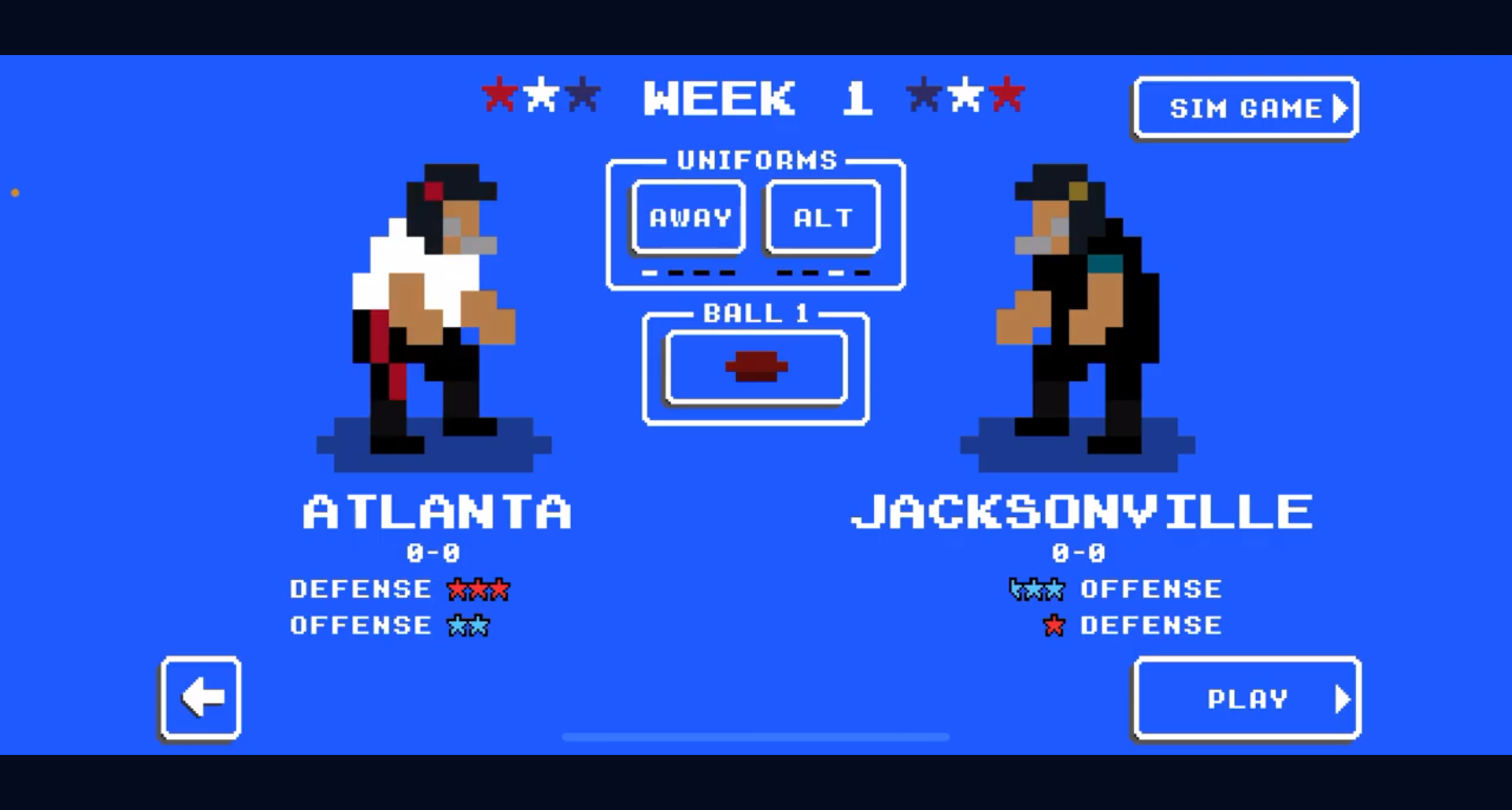
There are several recovery tactics that coaches can employ:
– **Benching:** Temporarily sidelining an injured player can allow for healing.
– **Rest Days:** Scheduling proper rest days during the week maintains player health while still allowing for practice and gameplay.
Balancing between immediate recovery and long-term player performance is crucial for a successful season.
Preventing Injuries in Retro Bowl
Game Strategy Adjustments
Implementing game strategies that minimize injury risks can significantly impact your team’s health. For instance, playing aggressively may expose key players to injuries. Understanding the vulnerabilities of player positions—such as weaker offensive lines or high-contact roles—is essential.
Training Regimens
Regular training is vital to maintain player fitness and condition. Effective scheduling of these training sessions can prevent burnout, keeping your roster fresh for the challenges ahead.
Player Rotation and Depth Chart Management
Understanding the depth of your roster allows you to manage substitutes effectively. Utilizing a rotating roster can keep your players fresh and reduce the chances of fatigue-induced injuries.
Long-Term Player Health Management
Building a Strong Team Culture
Fostering a culture of open communication regarding injuries is vital for player health management. Players should feel comfortable expressing concerns or discomfort, which can aid in early injury detection and address concerns quickly.
Contract Management and Player Longevity
Understanding the implications of player contracts can help you manage health strategically. Balancing immediate team success with long-term player health is imperative in creating a sustainable roster for continued success in Retro Bowl.
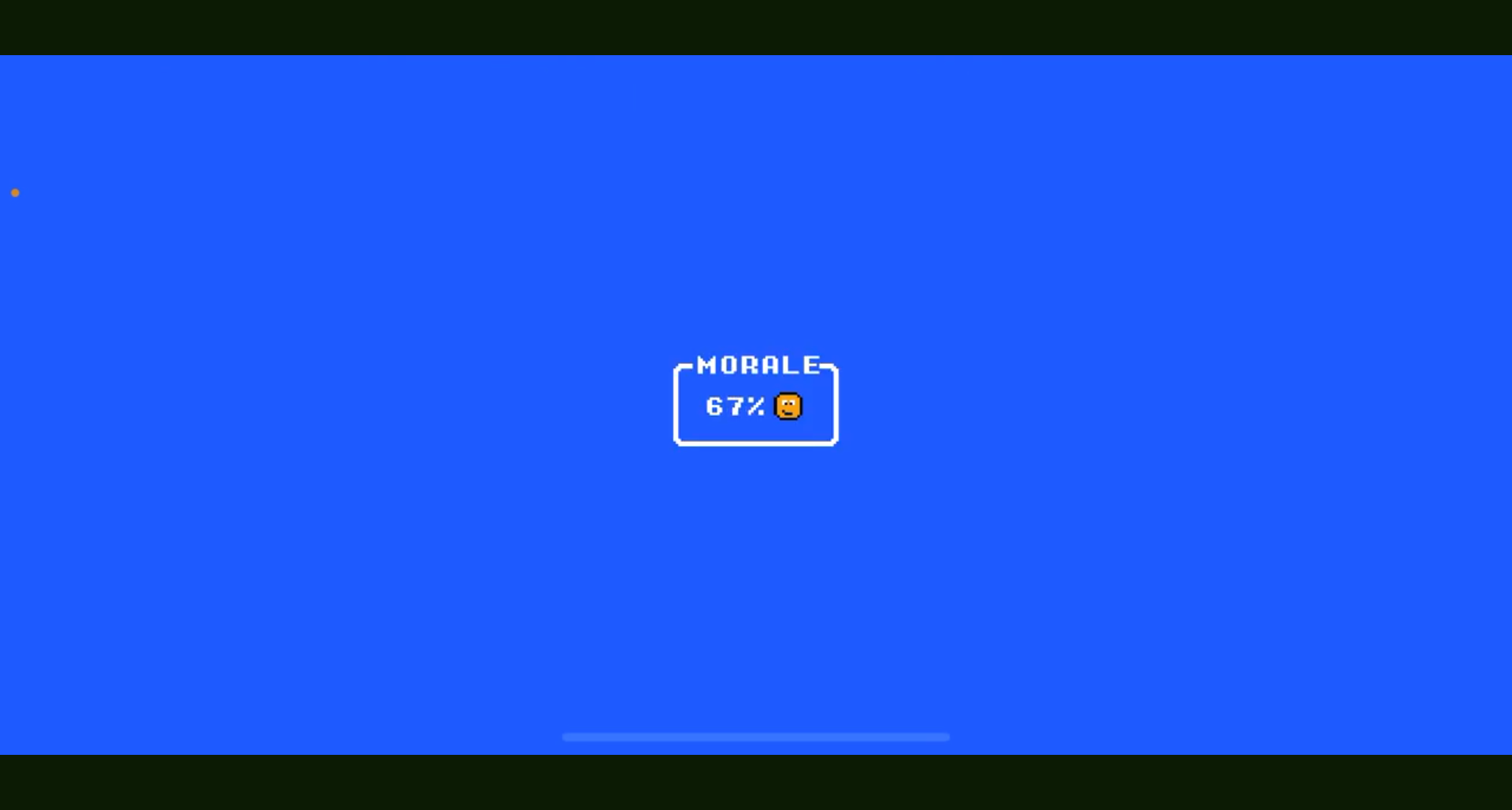
Conclusion
Successfully managing injuries in Retro Bowl isn’t only about healing but also involves proactive strategies for prevention and recovery. Mastering how to heal injured players in Retro Bowl can lead to a more robust team and ensure a better chance at championship glory.
Additional Resources
Community Tips and Strategies
Players often share their strategies for player healing on forums such as Reddit’s Retro Bowl Community. Engaging with fellow players allows you to gather tips and insights on effective injury management.
Further Reading
For a deeper dive into advanced Retro Bowl strategies—particularly regarding player management—check out guides available at RetroAst’s comprehensive guides.
FAQs
1. How do I identify injured players during a match?
Monitor performance drops, visual cues, and overall stats for clues.
2. What are the most common injuries in Retro Bowl?
Sprains, fractures, and fatigue are prevalent injuries.
3. Can I heal players instantly?
Healing is not instant; it depends on the injury type and facility upgrades.
4. How does fatigue contribute to injuries?
Fatigue diminishes performance and increases the risk of injuries.
5. What role does player rotation play in injury prevention?
It allows players to rest and reduces the likelihood of overuse injuries.
6. How can I upgrade my training facilities?
Allocate resources to improve facilities through team budget management.
7. What’s the best method to manage player recovery?
Utilize a mix of rest, benching, and facility access strategically.
8. How can I improve communication about player injuries?
Promote a culture that encourages open discussion and reporting of discomfort.
9. What strategies minimize injury risk during games?
Adjust aggressive play styles and consider position vulnerabilities.
10. How does contract management affect player health?
Balancing short-term wins with long-term health considerations is key.
Summary Table: Key Points to Heal Injured Players in Retro Bowl
| Aspect | Description |
|---|---|
| Injury Types | Sprains, fractures, fatigue |
| Causes | Contact and non-contact injuries, fatigue |
| Healing Mechanisms | Team doctors, facilities, recovery timeframes |
| Prevention Strategies | Game strategy adjustments, training regimens |
| Long-Term Management | Culture of communication, contract management |
